Scientifically Speaking: Do Your Joints a Favor
When choosing topics for Scientifically Speaking, I find it helpful to investigate everyday issues I see in my own health and the health of those around me. As an avid runner, I’m often running on the treadmill to get in a good cardio workout. And while I love running, lately I’ve noticed some joint pain, mostly in my knees and hips. It’s a little defeating to have this issue when running is your go-to exercise. So I did some digging and came up with a few simple tips to share for helping and maintaining joint health.
What are Joints?
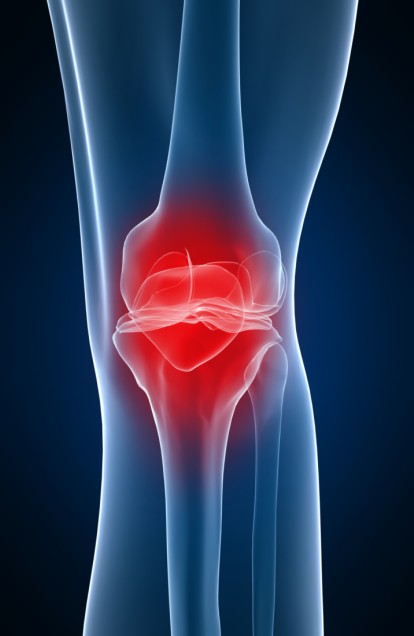 Before we get into the details, it’s important to understand exactly what a joint is and how it works.
Before we get into the details, it’s important to understand exactly what a joint is and how it works.
There are 206 bones in the average adult body, and all but one are joined to at least one other bone. It’s not like a bone resting directly against another one either — they need protection. This protection comes from our joints, which act as a meeting point or cushion between our bones.
Synovial joints, or moving joints, are highly engaged during exercise. They account for 90 percent of all joints in the body, and they’re made up of bone, cartilage, tendons, ligaments, and synovial fluid. Synovial fluid is important because it helps to increase cartilage density and elasticity along with protecting your body from infection and inflammation.
You can see that joints actually serve a huge purpose, which is why it’s important to take action now and start taking care of them.
Key Ingredients
Let’s talk about glucosamine, because it’s pretty important when it comes to maintaining joint health. Glucosamine is an amino sugar, and it’s an important precursor in the production of cartilage. Trust me, healthy cartilage production is crucial, because cartilage acts as a shock absorber and stops bones from grinding together. And unfortunately, as we age, cartilage can become thinner and our bodies have a harder time maintaining cartilage health.
Glucosamine is also a building block of proteoglycans — protein molecules that are essential for healthy cartilage because they bind the water that lubricates and cushions the joints.
Another great ingredient for joint health is curcumin — the principal curcuminoid of the Indian spice turmeric. Problem is, curcumin is sparingly soluble in water and in oily solvents, resulting in poor bioavailability.
A solution to this problem comes in the form of Meriva®, a delivery form of curcumin with lecithin. Meriva has been shown to increase the hydrolytical stability of curcumin and to increase the oral absorption of curcuminoids by nearly 30 fold.
Essentially, Meriva is an innovative phytosome that allows for dramatically improved bioavailability and absorption, making it an ideal pairing for glucosamine.
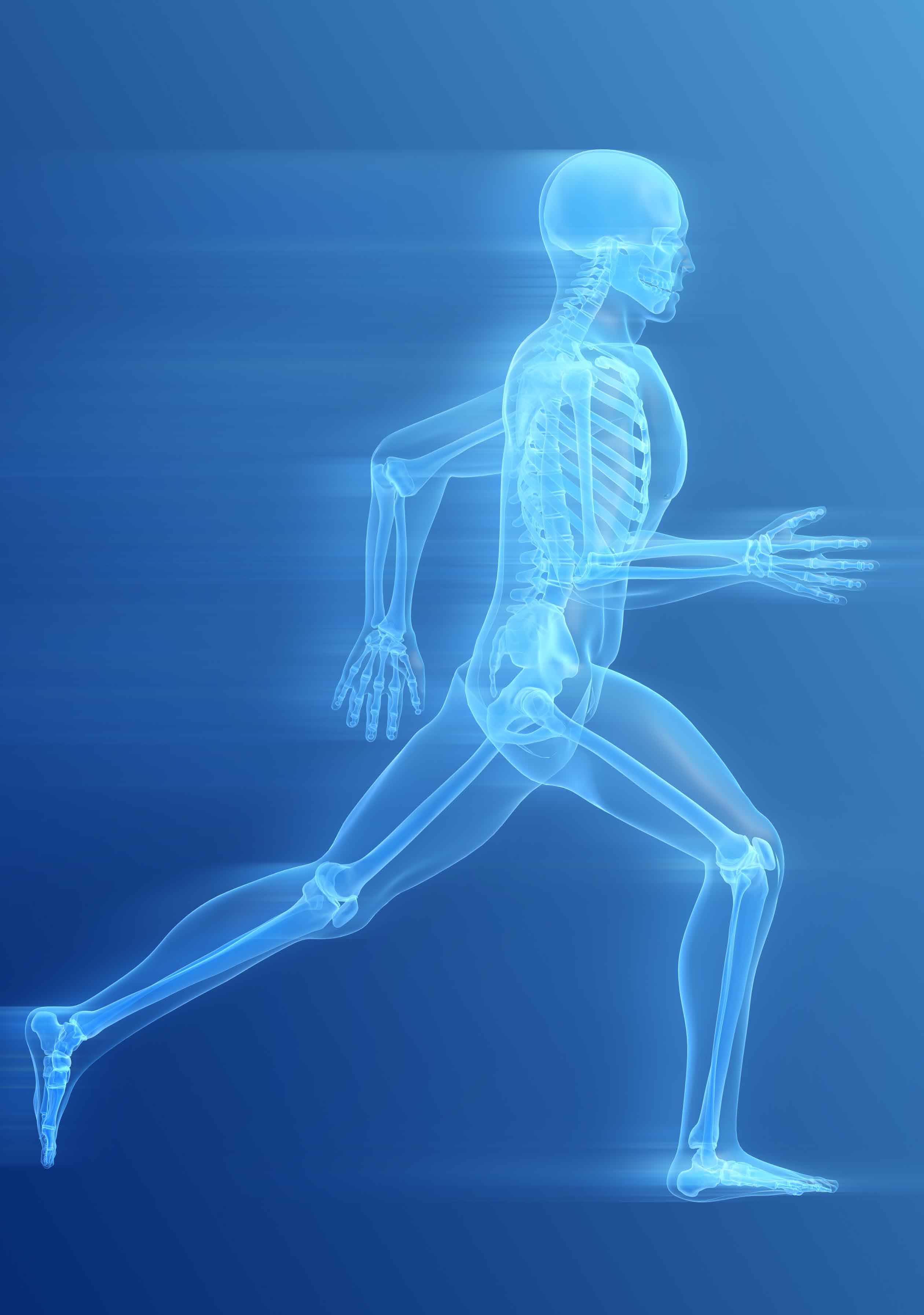 Key Exercises
Key Exercises
Besides including specific nutrients in your diet, certain exercises can also help keep your joints healthy. Even something simple, like stretching, is important. You should try and do some type of stretching daily, or at least three times a week. Be careful though, because stretching a cold muscle won’t help and can even cause more damage to your muscles and joints. It’s a good idea to do a light warm up before stretching to loosen up your joints.
The best types of exercises for joints are low-impact activities like walking, bicycling, and swimming. If you’re not careful, certain high-impact exercises can jar or pound your joints too aggressively, causing cartilage damage. The same goes for weight lifting. While it’s important to strengthen the muscles around your joints to reduce stress on them, you shouldn’t overdo it. Stick to lighter weights and do more reps, gradually working up to more challenging weights over time.
You should also focus on keeping a strong core, because having stronger abs and back muscles helps with your balance. With increased balance, you’re less likely to damage your joints with falls or other injuries.
Keep Moving
If you do nothing else to help your joints, do just one thing: move more. Even if you’re not exercising, moving your joints as much as possible throughout the day is key. The more you move, the less stiffness you’ll have. If you’re sitting at a desk all day, take time to get up every now and then to take short walks or climb a few levels of stairs. Our bodies were meant to move and work on a daily basis, so the longer you remain in a fixed position, the more likely you are to suffer from sore muscles or joints.
We’re proud to bring you the freshest content on the web! Follow USANA on Twitter, like our USANA Facebook page and enjoy the latest videos on the official USANA YouTube channel.
 Learn what USANA is doing to make the world a better place.
Learn what USANA is doing to make the world a better place.
The future of personalized health and nutrition is now available with USANA’s True Health Assessment.

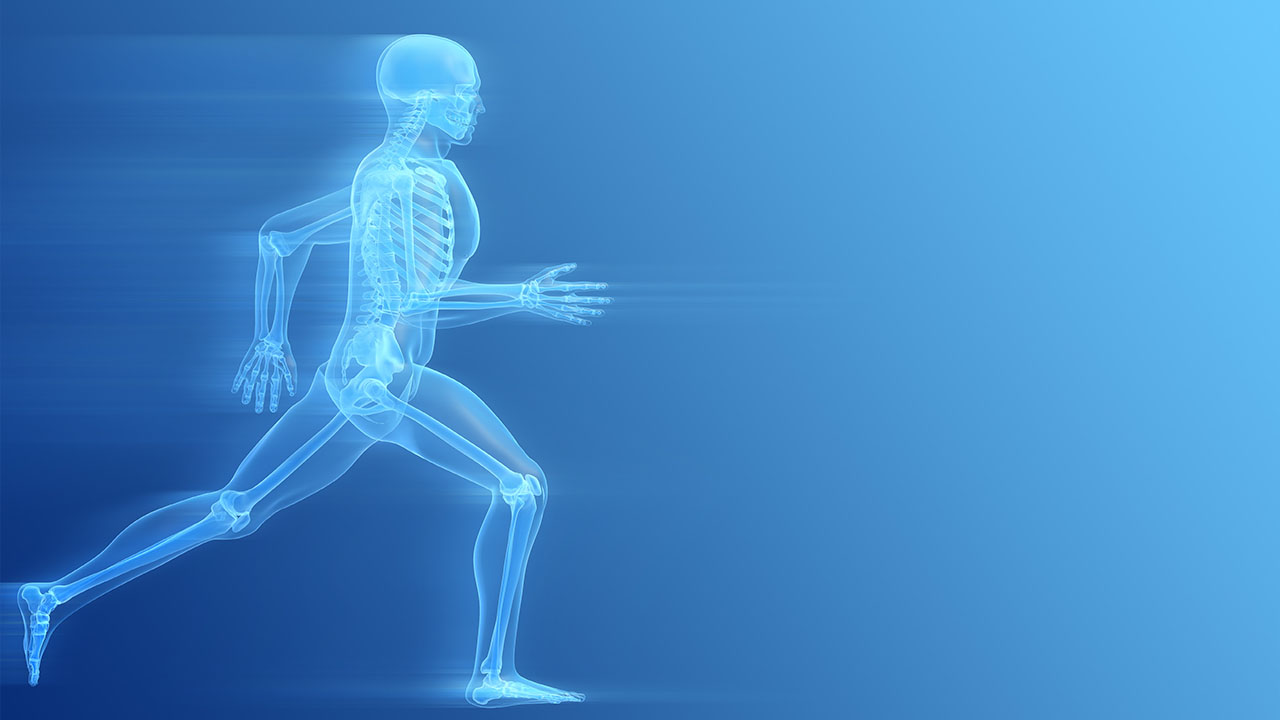
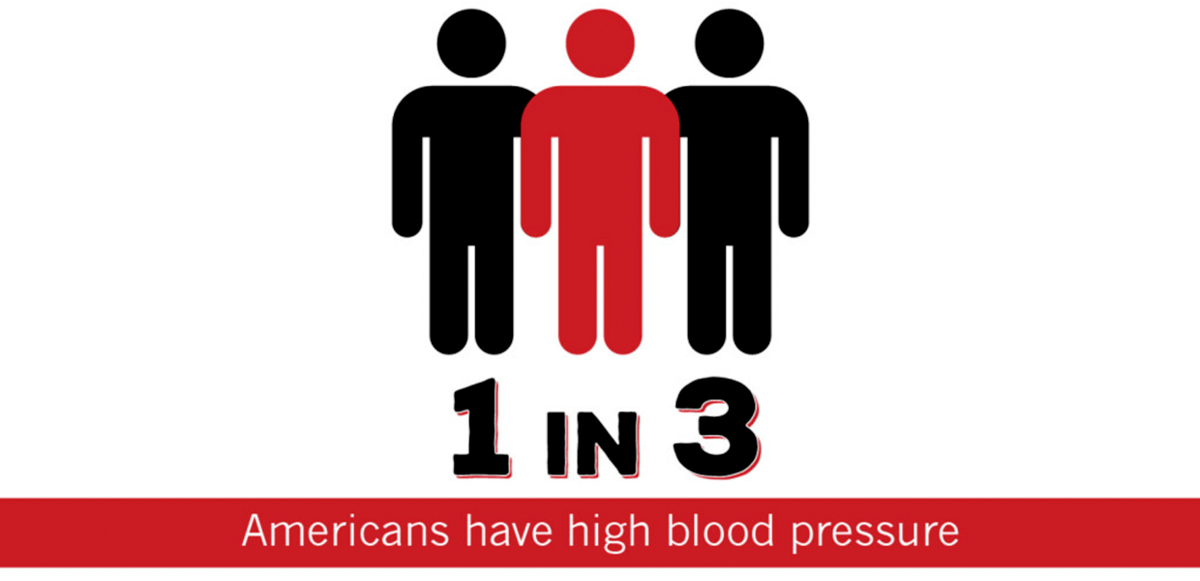



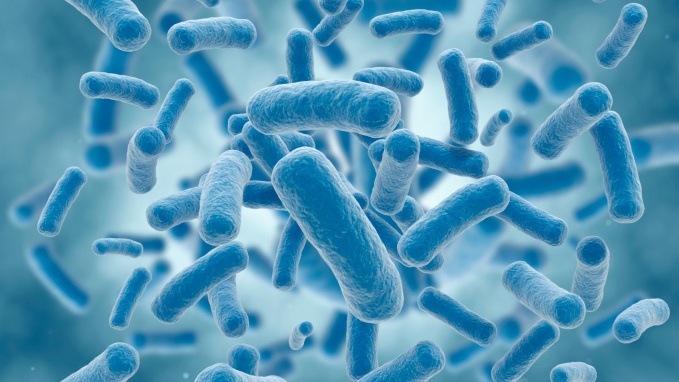
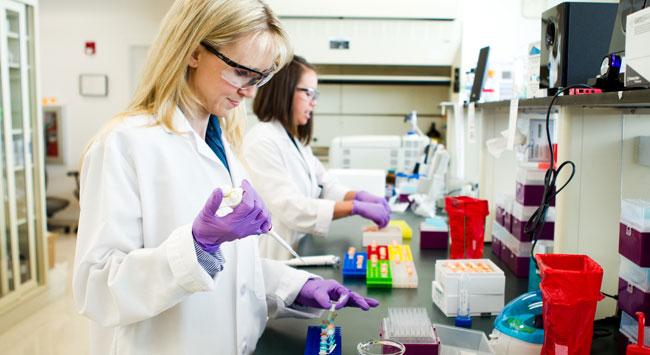
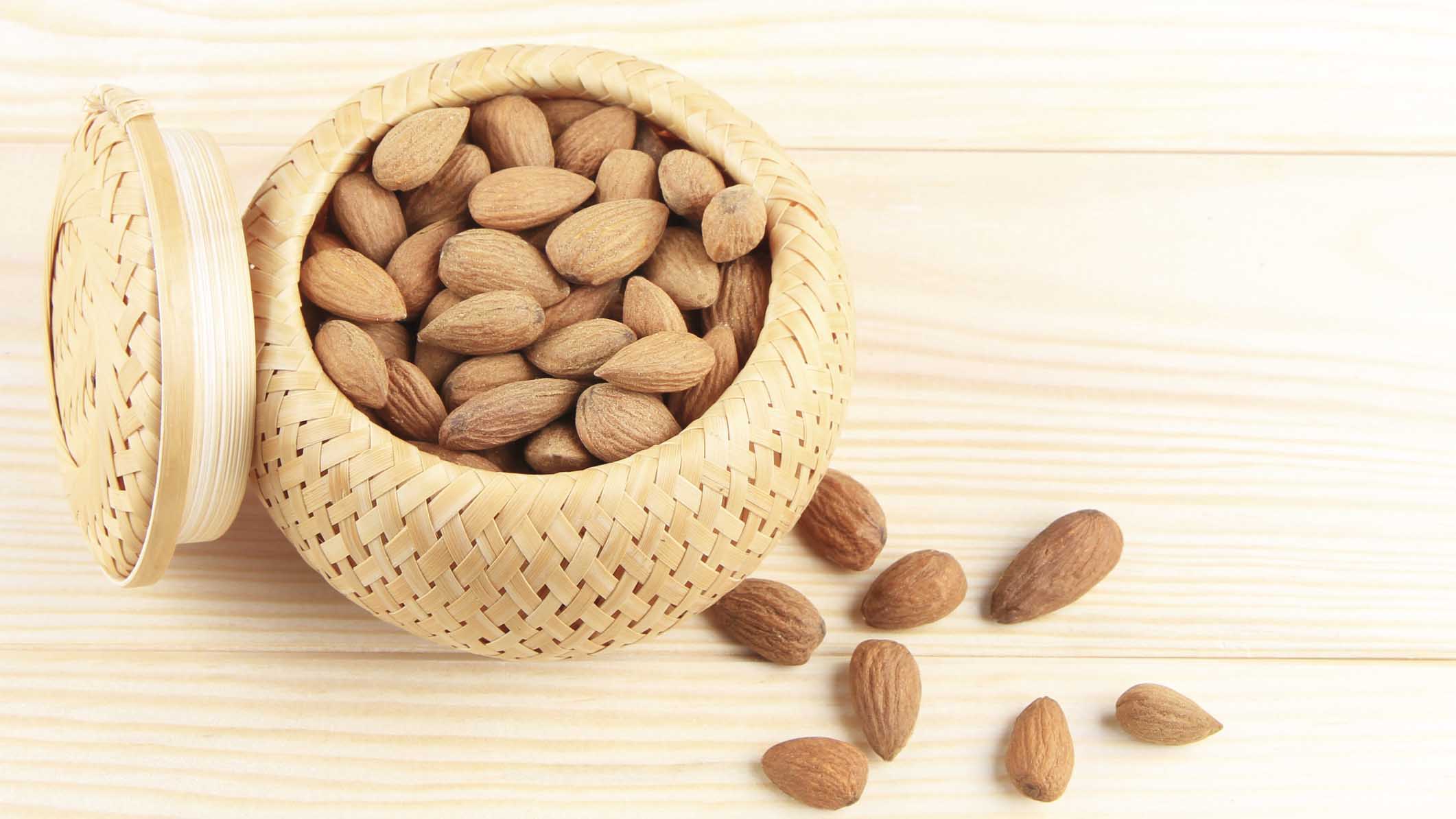
Very informative.Thank you for sharing!
Interesting stuff, Nick. I especially like the last part about “move more.” I recently attended a conference in which one panel topic was “Your Desk Job Makes You Fat, Sick and Dead.” It sounds like “remote work” is gaining popularity, which could directly affect our joint health.
Thanks for the post.